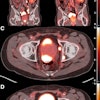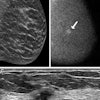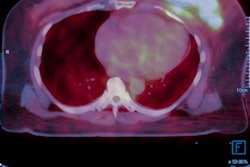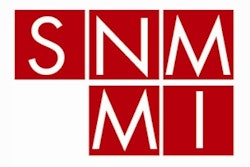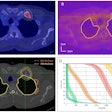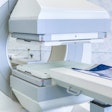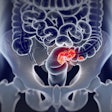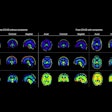Dear Molecular Imaging Insider,
PET/MRI is perhaps the most powerful tool in medical imaging's armamentarium. In this edition's Insider Exclusive, we bring you a study on how PET/MRI's prowess was leveraged for healthcare's most vulnerable population: children.
Researchers from the Netherlands studied the use of PET/MRI as an alternative to FDG-PET/CT in the staging and gauging of response to chemotherapy in kids with Hodgkin lymphoma. They found that PET/MRI delivered results that were comparable to PET/CT, but at a far lower radiation dose -- an important consideration when scanning children.
When you're done reading our Insider, check out all the great molecular imaging content we've served up so far in 2021.
On the economic front, there's good news on reimbursement, with the U.S. Centers for Medicare and Medicaid Services (CMS) ending its policy of noncoverage of PET for infection and inflammation on January 1. Also, CMS confirmed that it made an error in the reimbursement rates it posted for coverage of Zionexa's Cerianna radiopharmaceutical. The Society of Nuclear Medicine and Molecular Imaging is working with the agency to correct the mistake and restore proper reimbursement levels.
On the clinical side, a recent study in JAMA Neurology found that visual interpretation of flortaucipir-PET images was sufficient for determining a person's risk of progressing to Alzheimer's and mild cognitive impairment within the next 18 months. The finding could pave the way for increased clinical use of the radiotracer, known commercially as Tauvid.
Other important recent news stories include the following:
- A study by Spanish researchers who used PET to show that middle-aged individuals with early signs of cardiovascular disease also have reduced brain metabolism.
- Changes in the corporate world for molecular breast imaging
- A study showing that SPECT combined with the radioactive compound iodine-123 FP-CIT can differentiate dementia with Lewy bodies from Alzheimer's disease
- The possibility of extending the imaging time window for copper-64 DOTATATE PET/CT from one hour to three hours after injection
- The use of an automated PET image analysis method to track the development of tau protein clumps in the brains of people with Alzheimer's disease
Be sure to check back often in your Molecular Imaging Community!

